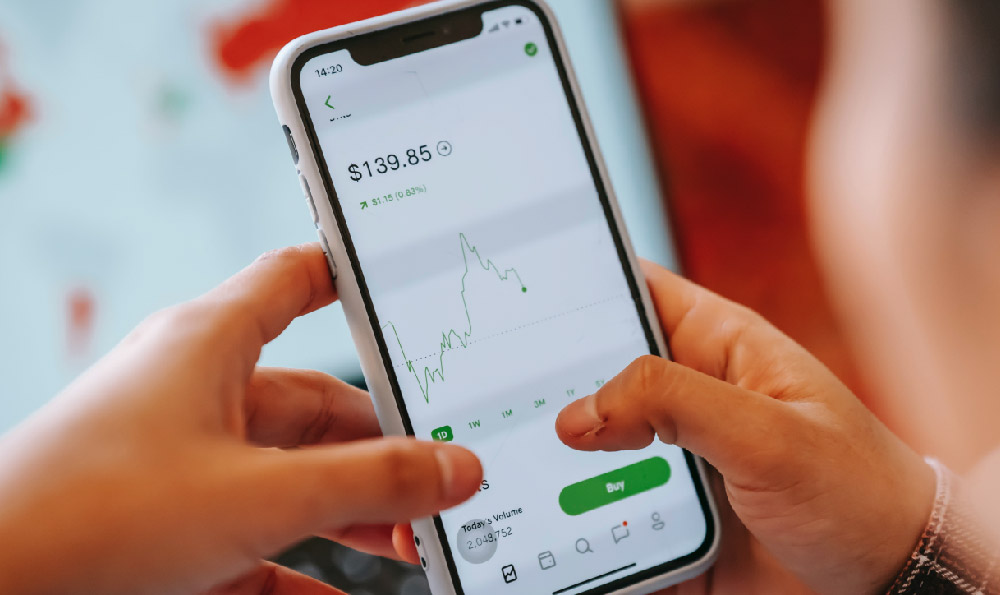The financial landscape for artists is notoriously complex and often unpredictable. While the romantic image of the starving artist persists, the reality is a nuanced spectrum ranging from significant wealth to profound struggle. Determining how much money artists actually make requires acknowledging the vast diversity within the artistic community and considering the multiple revenue streams they often rely upon. There isn't a single, definitive answer, but rather a confluence of factors that shape an artist's earning potential.
To begin, it's important to define "artist" broadly. This encompasses painters, sculptors, photographers, musicians, writers, actors, dancers, filmmakers, designers, and those working in various craft disciplines. Each of these fields possesses its own unique market dynamics, income structures, and barriers to entry. A successful commercial photographer, for instance, might earn a comfortable living through commissioned work, while a contemporary painter gaining recognition in the gallery system could potentially command significantly higher prices for their original creations. A musician relying primarily on streaming revenue and live performances might experience fluctuating income depending on the popularity of their songs and the frequency of their gigs. The median income statistics often published for artists can be misleading as they aggregate across these disparate fields, obscuring the realities of specific artistic disciplines.
Furthermore, geographical location plays a crucial role. Artists residing in major metropolitan areas with thriving art scenes, such as New York, London, or Los Angeles, often have greater access to opportunities, galleries, clients, and funding sources. However, these cities also come with significantly higher living expenses, which can offset the potential for higher earnings. Conversely, artists living in smaller towns or rural areas may face limited opportunities but also benefit from lower costs of living. The accessibility of online platforms and global marketplaces has somewhat leveled the playing field, allowing artists to reach audiences beyond their immediate geographical location, but the competition for attention remains fierce.

Experience and reputation are undeniably significant drivers of income. Emerging artists typically start with lower prices for their work and may rely on grants, part-time jobs, or familial support to sustain themselves. As their career progresses, and they gain recognition through exhibitions, awards, publications, and positive reviews, the demand for their work increases, allowing them to command higher prices. An established artist with a strong track record can often secure lucrative commissions, gallery representation, and speaking engagements, leading to a more stable and predictable income stream. The journey from emerging artist to established artist is a long and arduous one, requiring perseverance, talent, and a strategic approach to self-promotion and networking.
The business acumen of an artist is often overlooked, but it's a critical factor in their financial success. Artists need to be adept at marketing themselves and their work, negotiating contracts, managing finances, and building relationships with galleries, collectors, and other industry professionals. Those who treat their art as a business, investing in website development, social media marketing, and professional development, are more likely to succeed financially than those who solely focus on the creative aspects. Understanding copyright law, pricing strategies, and tax obligations is essential for protecting their intellectual property and maximizing their earnings. Many artists find it beneficial to work with agents, managers, or business consultants to navigate the complexities of the art market and ensure their long-term financial sustainability.
Another significant determinant is the specific medium or genre in which the artist works. Certain artistic mediums, such as painting and sculpture, traditionally command higher prices in the fine art market than others, like photography or digital art, although this is constantly evolving. The popularity of specific genres and styles can also fluctuate over time, influenced by trends, critical acclaim, and consumer preferences. Artists who adapt to these changes, while maintaining their artistic integrity, are more likely to sustain their careers and generate consistent income. The rise of digital art and NFTs has created new avenues for artists to monetize their work, but also introduces new challenges related to authenticity, copyright, and market volatility.
Funding opportunities, such as grants, fellowships, and residencies, can provide crucial financial support for artists, particularly those working in non-commercial or experimental fields. These funding sources can enable artists to dedicate time to their creative practice, develop new projects, and build their portfolios without the immediate pressure of generating income. However, securing these funding opportunities is highly competitive and requires a compelling application, a strong track record, and a clear artistic vision. Artists often spend a significant amount of time and effort researching and applying for grants, which can be a time-consuming and challenging process.
Finally, it is essential to acknowledge the role of luck and timing. The art market is inherently subjective, and success often depends on being in the right place at the right time. Gaining the attention of influential critics, collectors, or curators can significantly boost an artist's career and lead to increased sales and recognition. However, luck is often the result of hard work, perseverance, and strategic networking. Artists who consistently create high-quality work, actively promote themselves, and build strong relationships within the art community are more likely to create opportunities for themselves and capitalize on favorable circumstances.
In conclusion, determining how much money artists make is not a simple equation. It is a complex interplay of factors including artistic discipline, geographical location, experience, business acumen, medium, funding opportunities, and luck. While some artists achieve significant financial success, many others struggle to make a living from their art. A combination of artistic talent, business skills, strategic planning, and perseverance is essential for navigating the challenges of the art market and achieving long-term financial sustainability. Ultimately, the financial success of an artist is a reflection of their ability to create compelling work, effectively market themselves, and adapt to the ever-changing dynamics of the art world.











